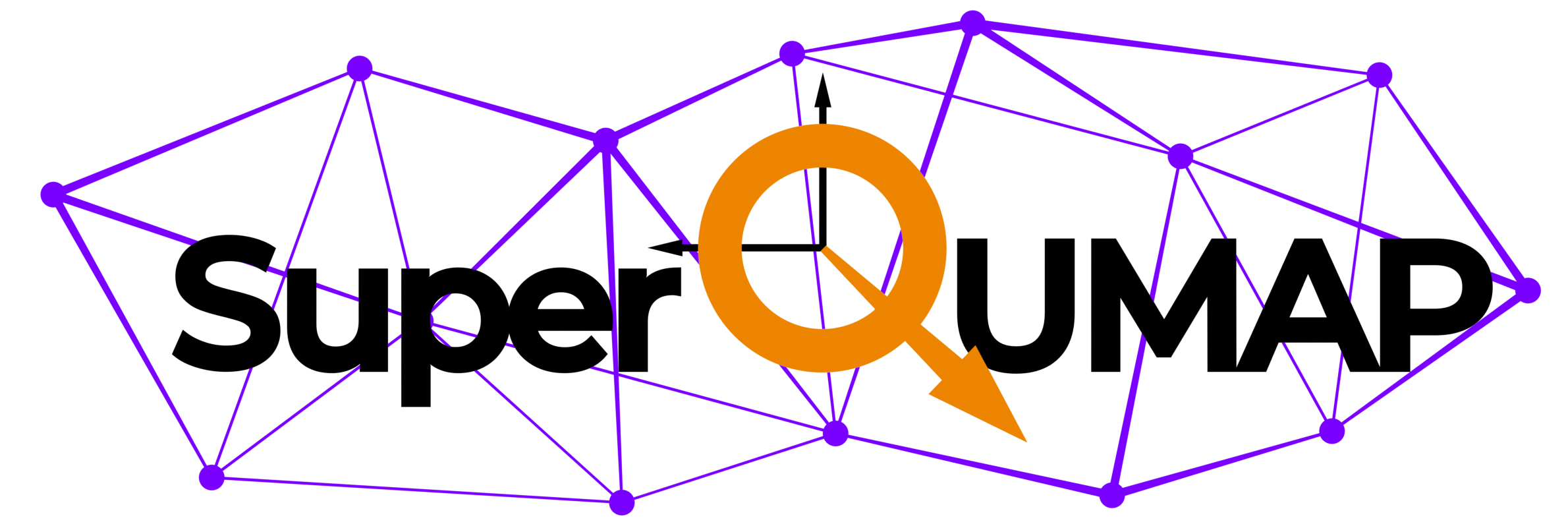Authors: Zihan Wei, Hongmei Du, Dingding Li, Mei Ping Jiang, Ping Zhang, Shixian Chen, Yang-Yang Lyu, Hancong Sun, Yong-Lei Wang, Dieter Koelle, Reinhold Kleiner, Huabing Wang and Peiheng Wu
Appl. Phys. Lett. 122, 112601 (2023);
Abstract: Bi2Sr2CaCu2O8+δ (BSCCO) single crystals are promising for high-temperature superconducting electronic devices with ultimate performance. Recently, tailoring superconductivity in ultra-thin BSCCO locally has received wide attention and interest. In this work, we focus on controlling the superconductivity of the uppermost CuO2 double layer of the BSCCO crystal. Gold electrodes are deposited onto the freshly cleaved BSCCO surface by a high-vacuum in situ evaporation technique at room temperature, and then surface Josephson junctions (SJJs) between the two outermost superconducting CuO2 double layers are fabricated as a probe to evaluate the superconductivity of the uppermost double layer. We find that the junction transition temperature Tc′ as well as its critical current density jc depend systematically and reproducibly on the deposition rate of the gold electrode. The electric properties of the SJJs, spanning the range from completely degraded to almost as good as the intrinsic Josephson junctions inside the bulk, systematically reveal the evolutionary process of superconductivity of the uppermost BSCCO layer, extending the range for practical applications.




